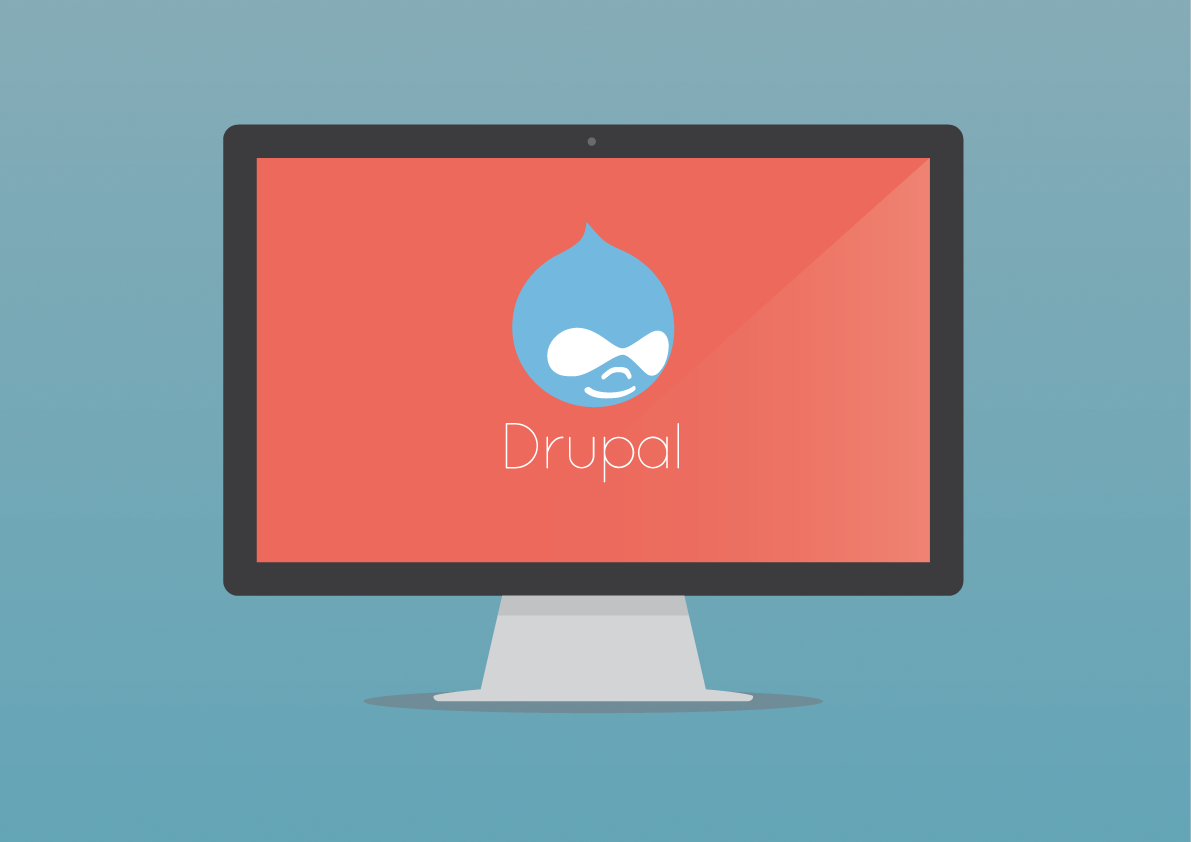 Posted by Derek Radcliffe on September 23, 2013
Posted by Derek Radcliffe on September 23, 2013
I’m a fan of both flat design and skeuomorphism (realistic design style). But recently I’ve noticed that flat design is popping up everywhere. This isn’t a bad thing, but it doesn’t sit right with me. More and more people and companies are moving away from realistic, skeuomorphic interfaces, and trading their in-depth button designs for simpler, edgier ones. This had me wondering: why go flatter? Flat design done right can make an amazing layout and even better user experience. But is this why web designers started to favor a flatter look?
When I started working on my degree for web design three years ago, I noticed that a lot of sites had a realistic look to them. Websites had a lot of gradients, large multi color headers and reflective buttons. This was the landscape of web design during my early years at school. But this was also an interesting time to be a student.
The iPhone 4 had just came out and responsive design was gaining steam. More and more sites started to adopt responsive design &emdash; and out of this, flat design started to show up more and more. This is where I feel that flat design got its roots. I can’t remember when I saw my first flat UI, but I know I can’t go a day without seeing at least a handful of sites that have a flat layout. This is good though &emdash; flat design is beautiful, functional, and focuses on content. This is why flat design is so popular, but popularity is not always a good thing.
Flat design can go the way of the “Long Shadow” trend. A few months ago a trend started going around in the design community called long shadows. This was taking flat elements like logos, icons and other assets and pulling the shadow down to create the effect of heavy lighting on the object. This was a cool trick, until it started to get over-used. It looked interesting but didn’t serve much of a purpose. This is my fear for flat design. I really enjoy looking at the interesting directions that some designers have taken flat design, but some designs just don’t seem to serve a clear purpose.
When I look at Apple’s calculator app, I want to see a calculator. I want the feeling of using a calculator, the reflective buttons, the texture of plastic. That gives user, regardless of skill level, the understanding that this is a calculator. This is an example of where I feel flat design falls short. When your trying to recreate realist interfaces, flat design just doesn’t seem like the way to go. Not saying that you can’t use a flat design style in this case, I just personally feel that it doesn’t work as well. I’ve always felt that if you’re designing a realistic object interface (like a calculator) for a user, you should make that interface as realistic as possible.
I don’t think that flat design should push skeuomorphism out of the spotlight, but designers just need to understand who they are designing for. Just because flat design is in right now doesn’t mean it's the right style for your project. Both styles have strengths and weaknesses, and as long as flat design isn’t abused, I don't see why it can’t stay around for a while. But when is it ok to blur the lines between flat and skeuomorphism? In the case of Apple’s iOS 7, is flat design a good replacement for a skeuomorphic look?